Click below to listen to my 2 min. Garden Bite radio show: Lupines
Audio PlayerLupines always make me think of the North Shore. Riding motorcycles through Bayfield, Wisconsin, I was thrilled to see all the fantastic lupines blooming!
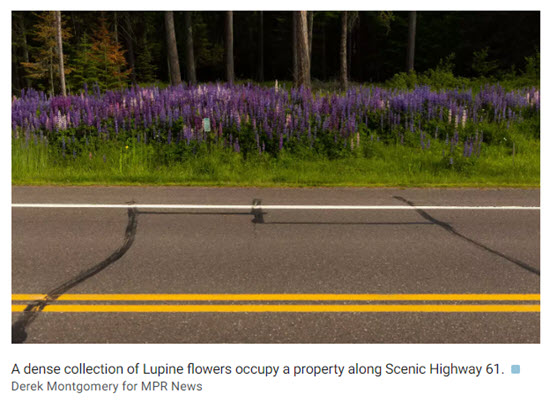
After coming home and doing some research, I learned there’s the purple lupinus perennis, also known as the western lupine, which is a smaller native to Minnesota and Wisconsin.
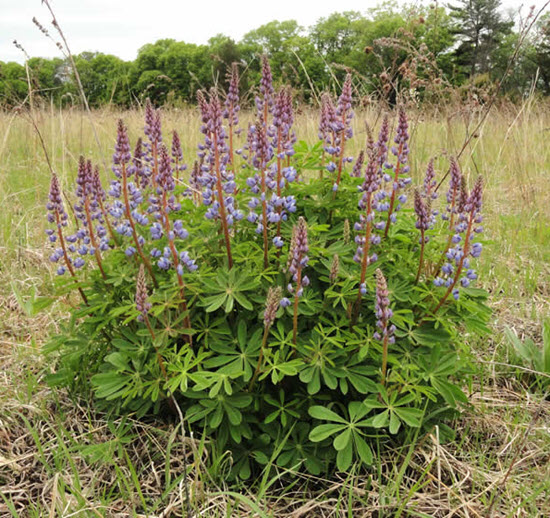
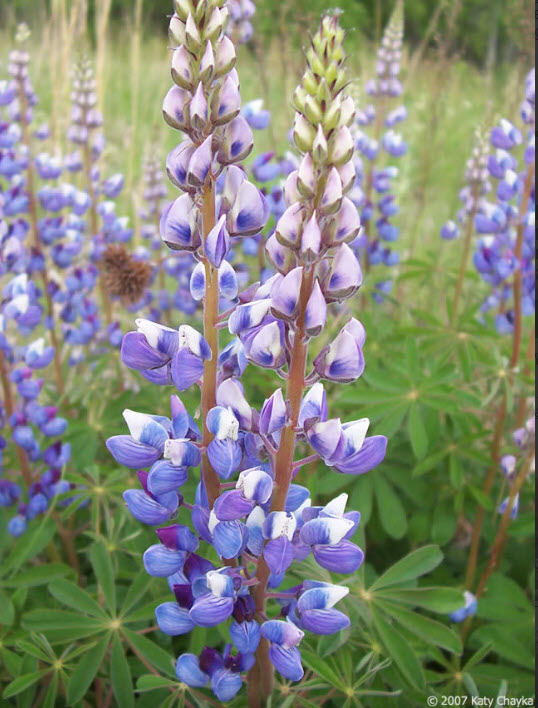
Lupinus perennis Wild Lupine from Prairie Moon Nursery. You can purchase the plants from them.
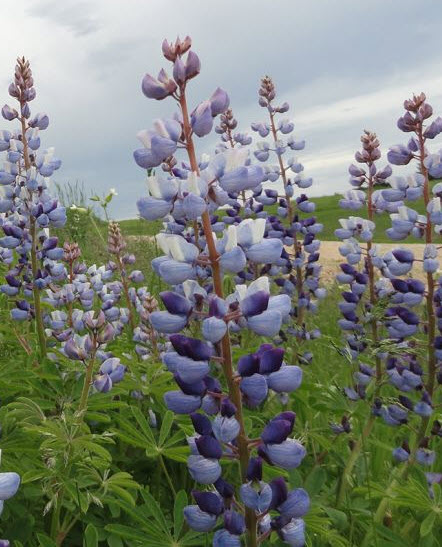
And then there’s the “other one”, lupinus polyphyllus, or big-leaf lupine which is classified as invasive in some areas. Here’s a recent article from MPR on the invasive lupines.
Both handle sun to part shade and do NOT like heavy rich or clay soils. They prefer dry mesic or sandy like soils as opposed to loam.
Wild Lupine, also known in other parts of the country as Sundial lupine, blooms profusely in spikes that make it a popular choice for dry to sandy soils. It’s a legume, the seed pod is up to 2 inches long, hairy, shaped like a typical pea pod, and turns black when mature. Each pod contains 2 to several seeds.
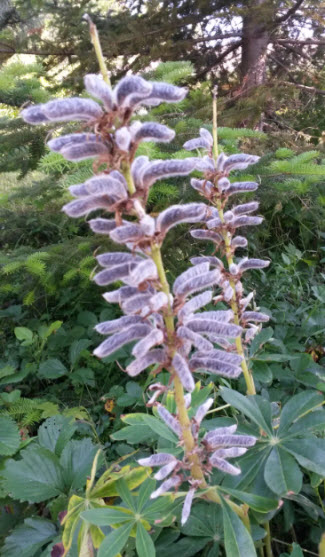
The plant is essential to the life cycle of the Karner Blue butterfly, a federally-endangered species native to the Great Lakes region.
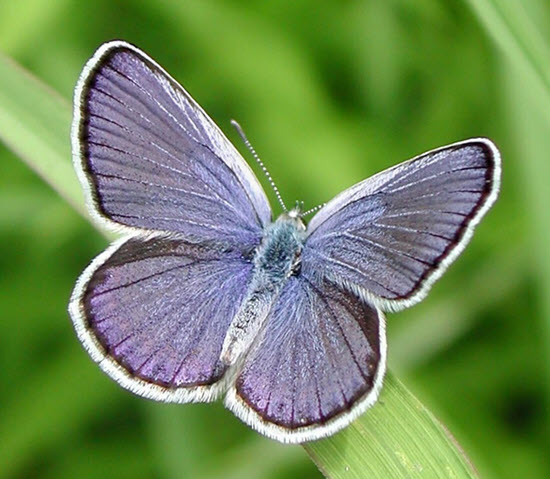
Wild lupines are also a host for the Frosted Elfin butterfly – found in parts of the East Coast and central Wisconsin.
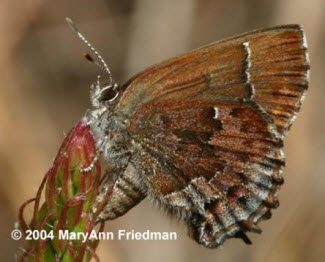
Wild lupine is attractive to other pollinators and hummingbirds too. The plant also fixes nitrogen in the soil.
